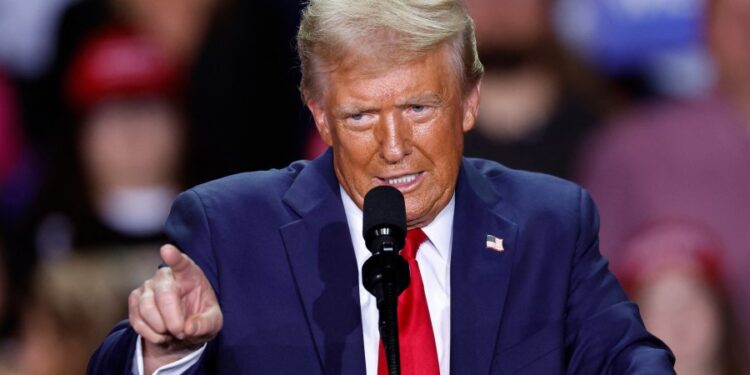
(NewsNation) — President-elect Donald Trump has until his Jan. 20 Inauguration Day to build out his administration and fill thousands of roles.
That means assigning leaders to oversee every executive department, including national security, public health, labor, and the Justice Department among others.
A president typically appoints about 4,000 positions across the federal government. Of those, about 1,200 appointments require Senate approval, according to Partnership for Public Service’s Center for Presidential Transition estimates.
Common appointments that require Senate approval include cabinet secretaries, agency heads and ambassadors. Other roles, like advisors, aids, and senior officials in various agencies, are also filled by presidential appointees but don’t require Senate approval.
Trump has announced the names of several people he hopes to appoint to serve in his administration. You can track his selections here.
How does a nominee get appointed?
The president-elect’s transition team is busy identifying possible candidates for each role and making recommendations to the incoming president.
For roles that require approval, the incoming president’s formal written nomination for an appointment will trigger Senate scrutiny.
The vetting process varies by position. Cabinet nominees are generally subject to FBI background checks, financial disclosure reviews and pre-Senate hearings.
Trump has pressured lawmakers in the Senate to allow him to appoint some nominees without a Senate vote while the chamber is on recess.
That would be considered a recess appointment — something the Senate hasn’t allowed presidents to make since a 2014 Supreme Court ruling made it more challenging.
Which positions does Trump need to fill?
Trump will need to appoint people to leadership roles within his Cabinet and elsewhere in his administration.
The heads of 15 executive departments make up the Cabinet and are often considered the president’s closest advisors.
Departments with leaders in the Cabinet include: Agriculture, Commerce, Defense, Education, Energy, Health and Human Services, Homeland Security, Housing and Urban Development, Interior, Labor, State, Transportation, Treasury, and Veterans Affairs, and the Attorney General.
The Cabinet also includes the White House Chief of Staff, the U.S. Ambassador to the United Nations, the Director of National Intelligence, and the US Trade Representative, and the heads of the Environmental Protection Agency, Office of Management and Budget, Council of Economic Advisers, Office of Science and Technology Policy, and Small Business Administration.
Cabinet members guide the president and keep him informed about each respective office. They also play a role in the line of succession, should the president no longer be able to serve.
The president also appoints the heads of more than 50 independent federal commissions.
Those include the Federal Reserve Board and the Securities and Exchange Commission, federal judges, ambassadors and other officials.







